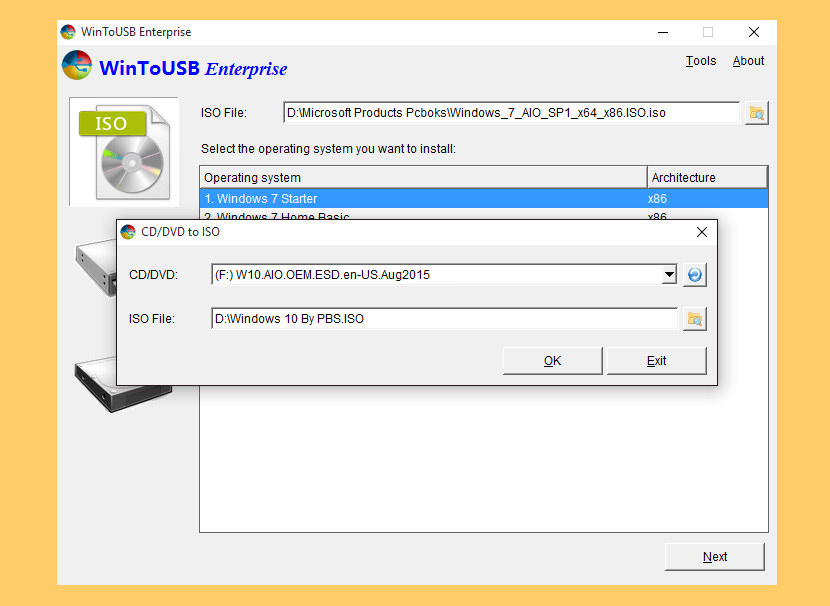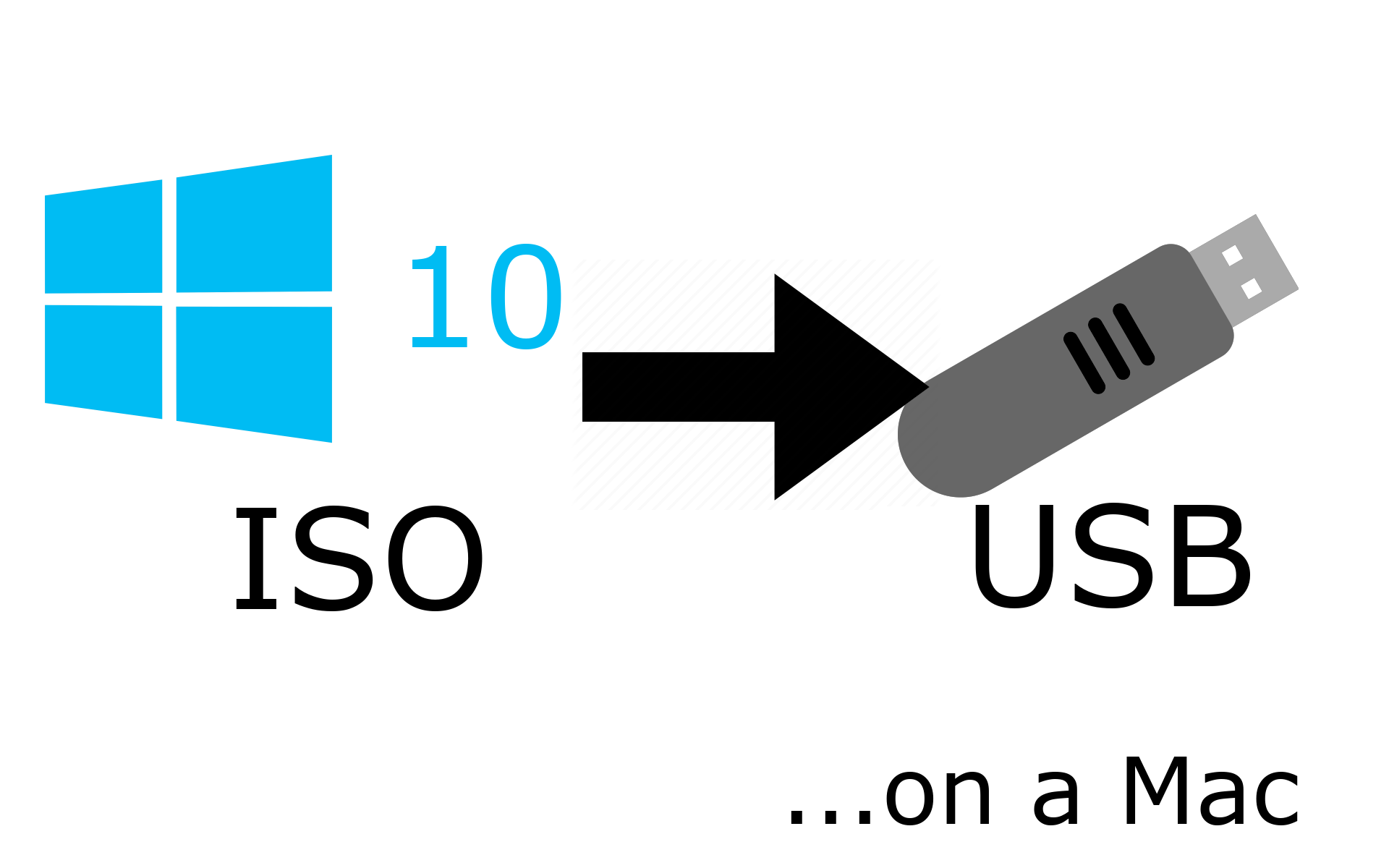


This article assumes you already have Linux running somewhere. To cover all bases, I’ll present two different methods: One where we just use graphical user interface programs and one where we do everything directly in the terminal. In this article, I’ll explain how you can create a bootable USB drive from a Linux ISO image. This leads to the question: “How do I write the Linux ISO image to my USB drive, such that my PC can boot from it”? That is exactly the topic of this article. This makes option two the more viable and preferable one. Chances are that you have a USB drive of a few GB lying around somewhere already. The BIOS of all modern PCs offer support to boot from a USB drive. Create a bootable USB drive from the Linux ISO.What to do? Well, you can chose between the following two options: Nowadays desktop PCs, and specifically laptops, no longer feature a CD or DVD drive to boot from. As the name implies, you write this ISO image file to a CD or DVD and then boot your PC from this CD or DVD. This file is an ISO image, which is short for optical disc image. For example the Debian network installer or Clonezilla live release. When you want to install Linux or boot a Linux live environment, you start by downloading the installer or live environment from the Internet. But how do you create a bootable USB drive from the downloaded Linux ISO image? Grab your USB drive, a beverage of choice and read on, as that is exactly the question I’ll answer in this article. No problem, because you found out that your PC can also boot directly from a USB drive. You realize your PC did not come with a CD or DVD drive anymore. You eagerly downloaded the ISO image of your Linux distribution of choice.


 0 kommentar(er)
0 kommentar(er)
